The Pearl of the Danube
It seems rather fitting that I should write about Budapest, since I am currently in Budapest. It's my favorite city in the whole world. It's full of delicious food and pretty buildings and history. It's home. I may only spend three months of the year here, but I'm as comfortable here as I am in Florida. Perhaps even more so, because there's none of that pesky humidity.
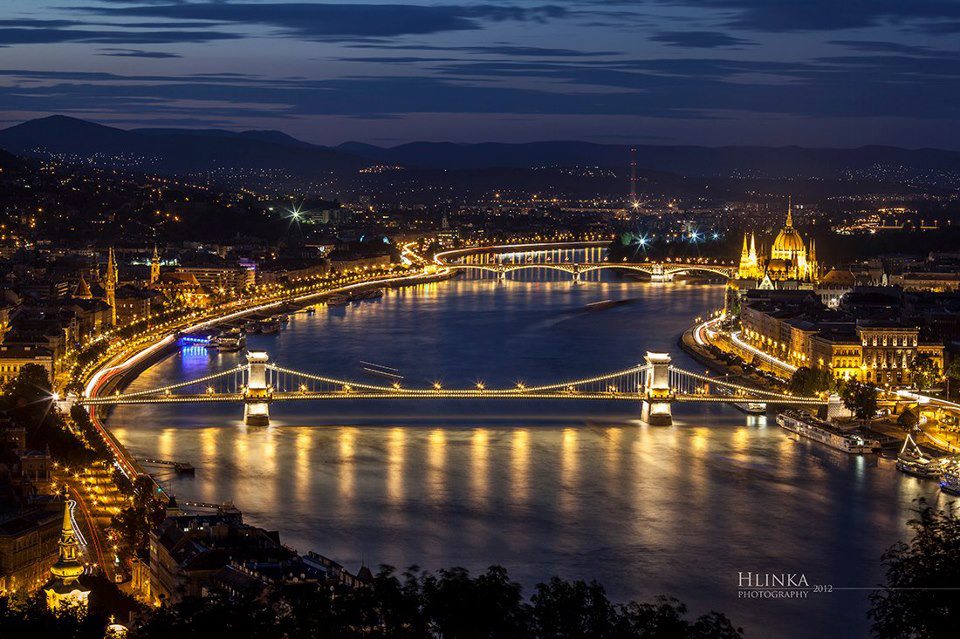
Budapest is the capital of Hungary, a landlocked country situated in the heart of Europe. It consistently ranks high on various lists, including EIU's quality of life index (Central/Eastern Europe's most livable city), Forbes (Europe's 7th most idyllic place to live), and Condé Nast Traveler (9th most beautiful city in the world). It also attracts approximately 4.3 million tourists per year, making it the 25th most popular city in the world to visit.
After sitting on the banks of the Danube and hearing more foreign languages than Hungarian, I believe it.
History
Budapest has a long and storied history, going back to before 1 AD, when it was first settled and built upon extensively by the Celts. The Romans followed with Aquincum, during which time Hungary was called Pannonia. For a while, the city was also inhabited by the Huns, and Buda is actually named after Bleda, a Hunnic leader. After the Magyars (ancient Hungarians) arrived in 895/896 AD, Budapest was mostly under Hungarian control, with the exception of the attempts by the Mongols, Turks, and Austrians (Habsburgs) to take it over and the successful appropriation by the Nazis and the Soviets.
Additionally, until 1873, Budapest was two separate cities split by the Danube River--Buda and Pest, with Buda being the older, more historical side. Indeed, it is Buda that preserves much of Budapest's early history, such as the fortress and the Turkish invasion.
Halászbástya

The Fisherman's Bastion is situated on Castle Hill on Budapest's Buda side. Built between 1895 and 1902 in the Neo-Gothic and Neo-Romanesque styles, the Halászbástya is one of the city's most notable historical landmarks. It has seven towers, each of which represents one of the Magyar (ancient Hungarian) tribes that entered the Carpathian Basin and present-day Hungary in the 9th century AD.
The name, too, has historical significance, for it is derived from the Medieval fishermen's guild responsible for defending this part of the city's walls.
Budavári Palota
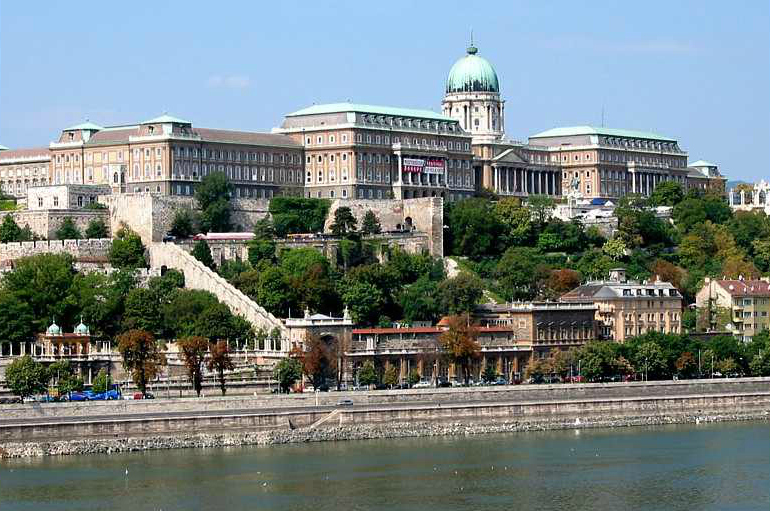
Also located on the Buda side (as can be deduced from its name), the Buda Castle was where the Hungarian kings lived and ruled from. It was commissioned by King Béla IV in 1247-1265 but has since undergone numerous changes and renovations. During King Sigismund's reign (1387-1419), the Buda Castle was the largest Gothic palace in the Middle Ages. When King Mátyás (Matthias) took the crown, he made Budapest the first Renaissance capital north of the Alps, and the castle was rebuilt in the early Renaissance style. It also housed the Bibliotheca Corviniana, the renowned library established by Mátyás.
The Budavári Palota, along with the city of Buda, was taken over by the Ottoman Turks during their invasion of Hungary in the 16th and 17th centuries. In 1686, the Medieval portion of the castle was destroyed when Christian forces won Buda back from the Turks.
It was also rebuilt in the Baroque and Neoclassical Baroque styles and played host to nuns, scholars, the Habsburgs, the Arrow Cross (the Hungarian faction of the Nazis), and even music videos (most notably, Katy Perry's "Firework").
Gellért Hegy
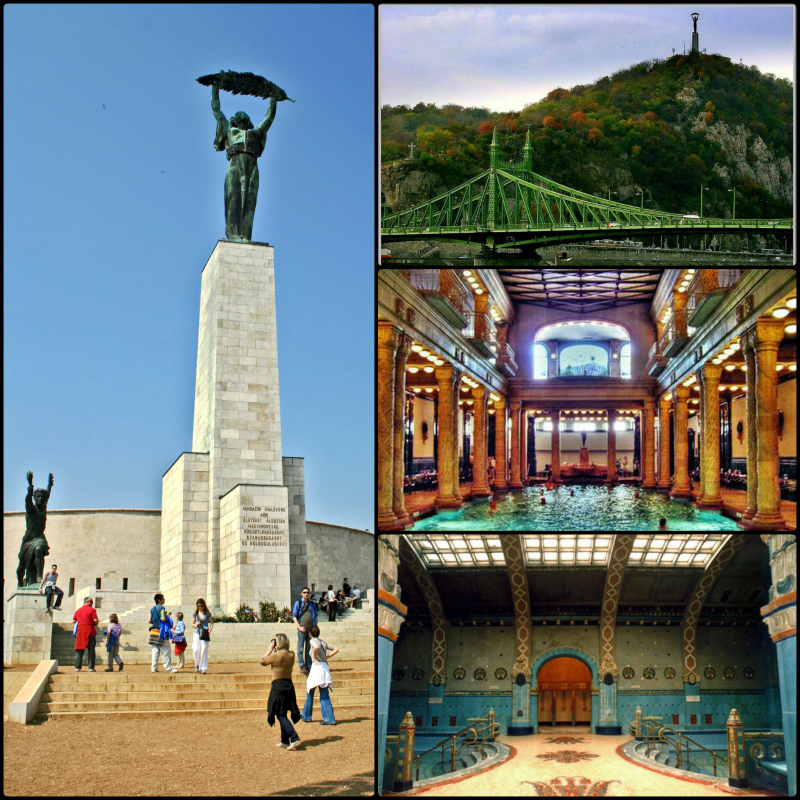
Named for Saint Gerard, who was thrown to his death from this site, Gellért Hill is one of Budapest's most visited places. Yet another landmark on the Buda side, there are plenty of things to see and do here. If you're in the mood for a first-class spa experience, head to the Gellért Baths, built between 1912 and 1918 in the Art Nouveau style. Because Budapest is a city of thermal waters, the Romans and Turks both took advantage of them, leading to the construction of public baths, from which the Gellért Baths surely took inspiration.
If you're itching for a more vigorous experience, climb to the top of the 235 m (771 ft) high hill. Along the way, you'll encounter the Gellérthegyi-barlang, or the Gellért Hill Cave, inside which there is a small church. But what's even more interesting about the cave is that a hermit-saint named Ivan lived there and apparently used the thermal waters to heal the sick. In the 19th century, it was also inhabited by a peasant family, after which it became a religious place.
The Citadella (Citadel) is at the very top of Gellért Hill. It was finished in 1851 by Hungarian laborers but was commissioned by a Habsburg commander after the 1848 Revolution to oust the Habsburgs from Hungary. In the modern era, it housed Soviet troops and artillery, and you can still see the guns and tanks there today.
Finally, perhaps the most poignant and ironic sight on Gellért Hegy is the Freedom or Liberty Statue (Szabadság Szobor). The statue is of a 14 m (50 ft) tall bronze woman atop a 26 m (85 ft) tall pedestal, holding a palm frond above her head. Erected in 1947 to commemorate the end of the Nazi occupation of Hungary, it hailed the Soviets as heroes for freeing the Hungarians from fascism. Little did they know, the Soviets would be even an even more brutal master. As such, when the USSR collapsed, the statue's plaque was modified to pay homage to everyone "who sacrificed their lives for the independence, freedom, and prosperity of Hungary."
Nagycsarnok
 The Great Market Hall (or the Central Market Hall) is located on the Pest side, right before the Liberty Bridge. Completed in 1897, it is the largest and oldest indoor market in Budapest, in addition to the world's best market, as rated by CNN in 2013. The csarnok sells everything from fresh produce, meats, Hungarian cold cuts, pastries, and pickled vegetables to all manner of folk crafts, including clothing. But my favorite thing at the market is lángos, a simple yet delicious food consisting of fried dough, topped with just about anything you like. I usually get mine plain with just salt, or with a Hungarian cheese called trappista shredded on top. Honestly, lángos is one of the things I miss most about Hungary.
The Great Market Hall (or the Central Market Hall) is located on the Pest side, right before the Liberty Bridge. Completed in 1897, it is the largest and oldest indoor market in Budapest, in addition to the world's best market, as rated by CNN in 2013. The csarnok sells everything from fresh produce, meats, Hungarian cold cuts, pastries, and pickled vegetables to all manner of folk crafts, including clothing. But my favorite thing at the market is lángos, a simple yet delicious food consisting of fried dough, topped with just about anything you like. I usually get mine plain with just salt, or with a Hungarian cheese called trappista shredded on top. Honestly, lángos is one of the things I miss most about Hungary.
Vajdahunyad vára
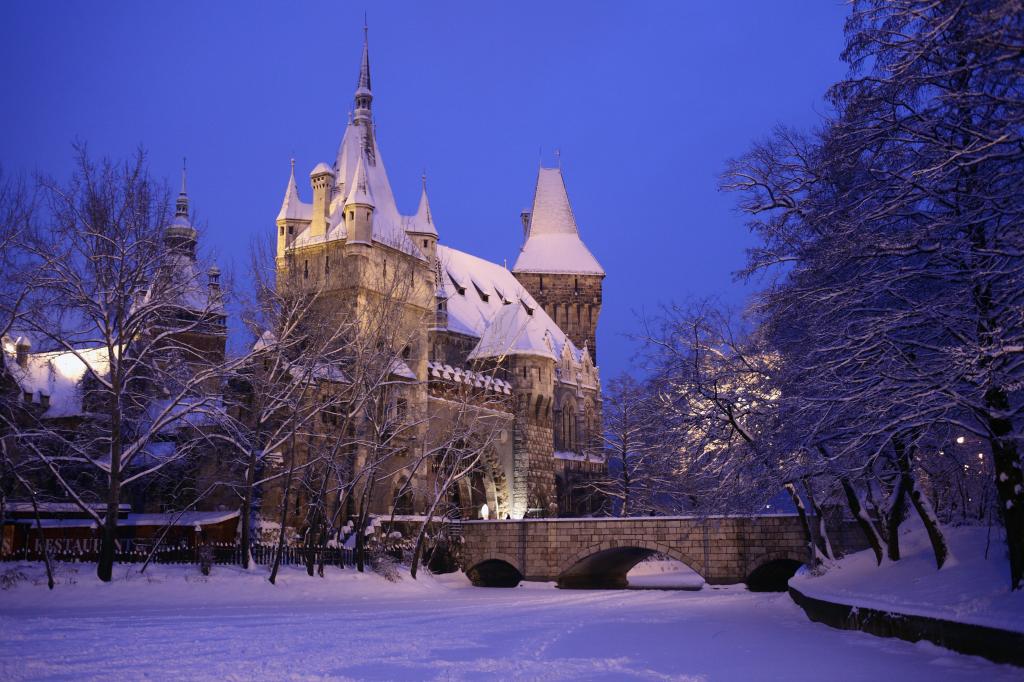
Taking significant inspiration from the Hunyad Castle in Transylvania, the Vajdahunyad Castle was constructed between 1896 and 1908 as part of the Millennial Exhibition, celebrating the 1000 years of Hungary since the conquest by the Magyars in 896 AD. It is situated in the picturesque City Park on the Pest side, bordered by a lake that is used as an outdoor ice rink in the winter.
Vajdahunyad Castle is an amalgamation of many different architectural styles, such as Gothic, Renaissance, Baroque, and Romanesque. It houses the Museum of Hungarian Agriculture (the largest agricultural museum in Europe) and various statues, including that of Anonymus (a 12th century scribe of King Béla III and author of the Gesta Hungarorum) and the Hungarian actor Béla Lugosi (most famous for portraying Count Dracula).
Hősök tere
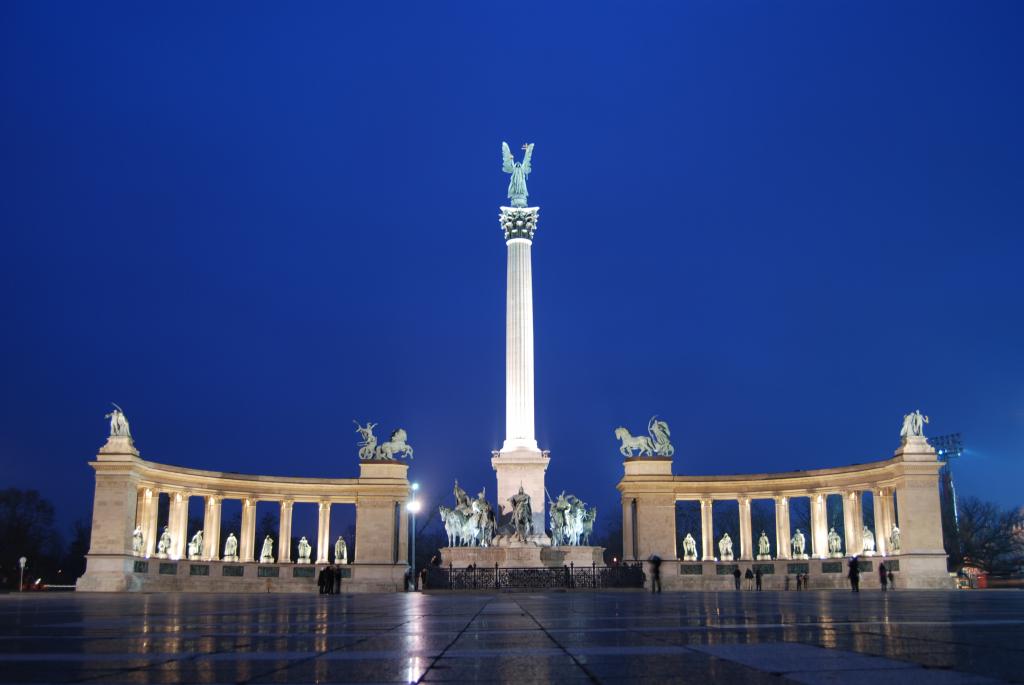
Near the Vajdahunyad Castle is Heroes' Square, with its semicircular statue complex depicting the seven chieftains of the Magyars, important national leaders, and the Tomb of the Unknown Soldier. The Millennium Memorial is the center piece of the square.
Like the Vajdahunyad vára, Heroes' Square was built to commemorate the thousandth anniversary of the Hungarians' habitation of Hungary. When it was finished, Hungary was part of the Austro-Hungarian Empire, so some of the statues were of notable Habsburgs. However, after the square was damaged in World War II, the Habsburg statues were rightly replaced with Hungarian leaders.
Terror Ház and Sziklakórház

If you've been happy for too long and need a dash of depression (or a bit of WWII and communist history), take a stroll down Andrássy Avenue to the House of Terror. No, it's not one of those horror/haunted houses that people seem so fond of. It's a museum dedicated to the Hungarian victims of the fascist (i.e. Nazi) and communist regimes. On the ground and upper floors, there are exhibits pertaining to both periods of Hungarian history, including personal effects of the victims, actual identification papers, detainment and/or execution orders, and information that you may not have known about the Arrow Cross (the Hungarian faction of Nazis) or the Communists. But in the basement is where, I think, the more poignant part of the museum is. The building was used by both the Arrow Cross and later the Communists to interrogate and question anti-party members (or anyone they just didn't like), so some of the prison cells, complete with the actual blankets stained with over 50-year-old blood, still remain. The names of the victims housed in each of the cells is listed on the walls, and some are quite familiar to me, because streets and squares have been named after them. Some of the devices the dictatorial regimes used for torture remain, as well. There's also a padded cell (also blood-stained) that was presumably used for those victims either driven insane by their imprisonment or those who threatened suicide to escape the tortures. I've been to the Terror Ház twice now, and both times, it was all I could do not to cry. I suppose it was more heartbreaking for me, since I am Hungarian, but it's nevertheless not a cheerful place.

Neither is the Hospital in the Rock. Another relic of WWII and Communism, the eerie Sziklakórház was built in Buda between 1939 and 1944 to serve as a hospital for the people--both civilians and soldiers--injured during the air raids on Budapest during World War II. The name is quite telling, as the hospital is indeed carved straight into the side of a cliff (szikla), with tunnels and rooms reaching about 10 km into the mountain. It was crucial for the Hungarian war effort, because it was secret (for a while) and completely self-sufficient, with its own ventilation system (that still exchanges the air inside the tunnels today), electricity, water supply, kitchens, and quarters for the staff. At the time, it also had the most advanced medical equipment, including a rather terrifying stomach stapler... Although the hospital was originally intended to treat the Hungarian wounded, before long, it was also treating both German and Soviet troops, even though the Germans were the enemy and the Soviets would later become the enemy. After the war ended, the Sziklakórház was closed, as it was no longer needed. But when the communist regime took over Hungary, the clandestine hospital once again saw use, treating the Hungarian (and Soviet) civilians and soldiers injured during the failed 1956 Revolution. Because the threat of nuclear war was ever present, the Hospital in the Rock was altered to double as a nuclear bunker, should it come to that. I won't write too much more about the hospital, as I don't want to give away the entire tour, but suffice it to say that nearly everything inside it--the equipment, furniture, and medical tools--is authentic, either dating to the 1940s, 1950s, or the 1960s.
Országház
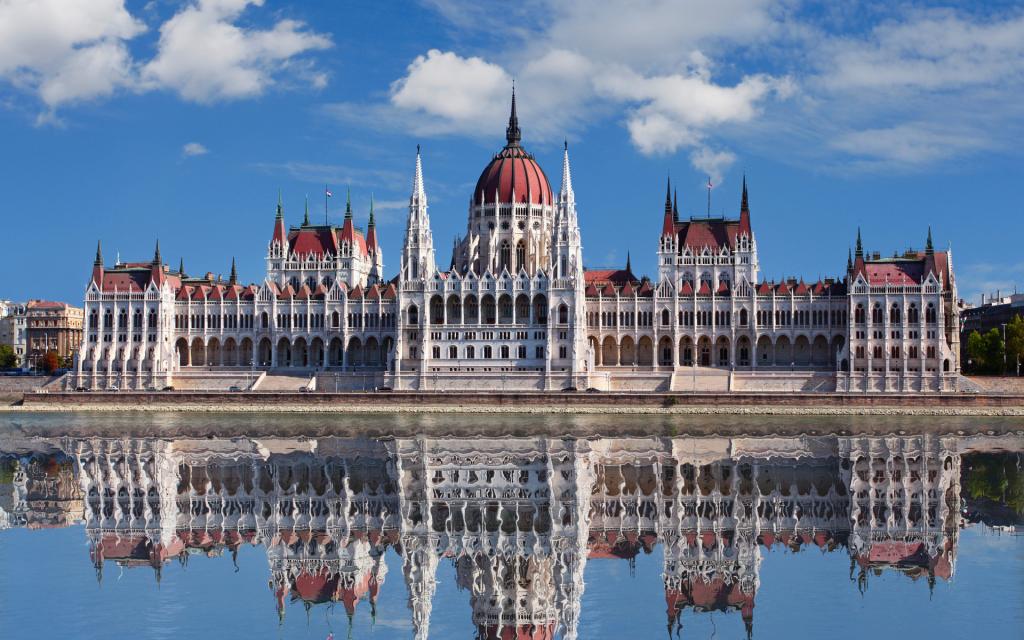
The Parliament Building is situated on the banks of the Danube, on the Pest side. Constructed in 1896, it is one of Europe's oldest legislative buildings and, with its Gothic exterior, is probably Budapest's most striking landmark. Although the dome is Renaissance Revival, the rest of the Országház is in the Gothic Revival style.
Standing outside the Parliament Building, as if to guard it, are statues of Hungarian rulers, Transylvanian leaders, and famous military people, such as Lajos Kossuth. It houses the Holy Crown of Hungary, 10 courtyards, 13 elevators, 29 staircases, and 691 rooms. So it's quite a sprawling edifice.
Szent István-bazilika
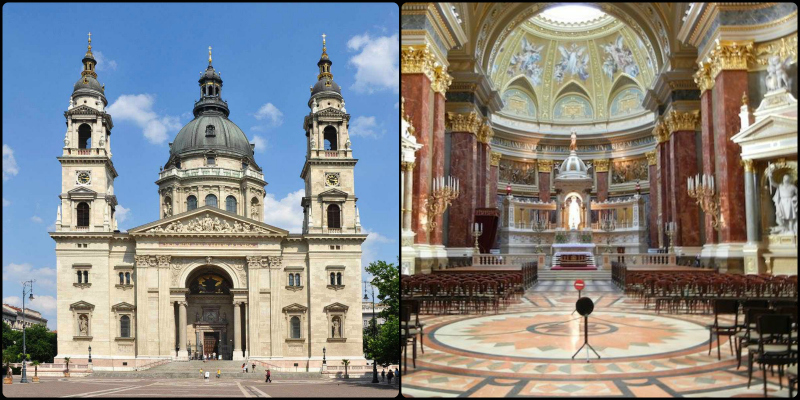
Finally, we have St. Stephen's Basilica, named after Stephen I, Hungary's first king in 1000 AD. Completed in 1905, after 54 years of construction, the church was planned in the Neo-Classical style by the famous Hungarian architect Miklós Ybl. It's a tall building, measuring 96 m (315 ft), and you can either climb the 364 stairs (I have!) or take the lift to the top, from where much of Budapest is visible in a 360º panorama.
Somewhat morbidly, the basilica houses its namesake's incorruptible right hand. It's mummified, with the skin and nails still clearly visible, though it's quite bony and small. There are also organ and other musical concerts, including ones outside, staged at the bazilika, which I can actually hear from my window.
Sources:
1. http://en.wikipedia.org/wiki/Budapest
2. http://en.wikipedia.org/wiki/Fisherman%27s_Bastion
3. http://en.wikipedia.org/wiki/Buda_Castle
4. http://en.wikipedia.org/wiki/Gell%C3%A9rt_Hill
5. http://en.wikipedia.org/wiki/Gell%C3%A9rt_Baths
6. http://en.wikipedia.org/wiki/Gell%C3%A9rt_Hill_Cave
7. http://en.wikipedia.org/wiki/Citadella
8. http://en.wikipedia.org/wiki/Liberty_Statue_%28Budapest%29
9. http://en.wikipedia.org/wiki/Great_Market_Hall_%28Budapest%29
10. http://en.wikipedia.org/wiki/Vajdahunyad_Castle
11. http://en.wikipedia.org/wiki/Heroes%27_Square_%28Budapest%29
12. http://en.wikipedia.org/wiki/Hungarian_Parliament_Building
13. http://en.wikipedia.org/wiki/Saint_Stephen%27s_Basilica
14. My own knowledge and experiences






